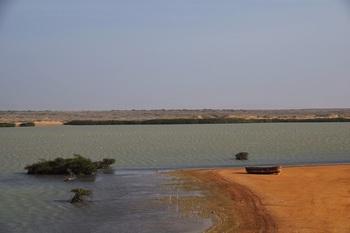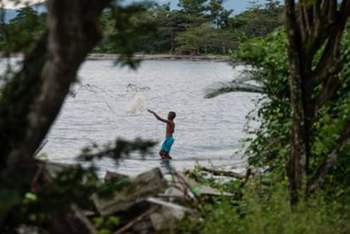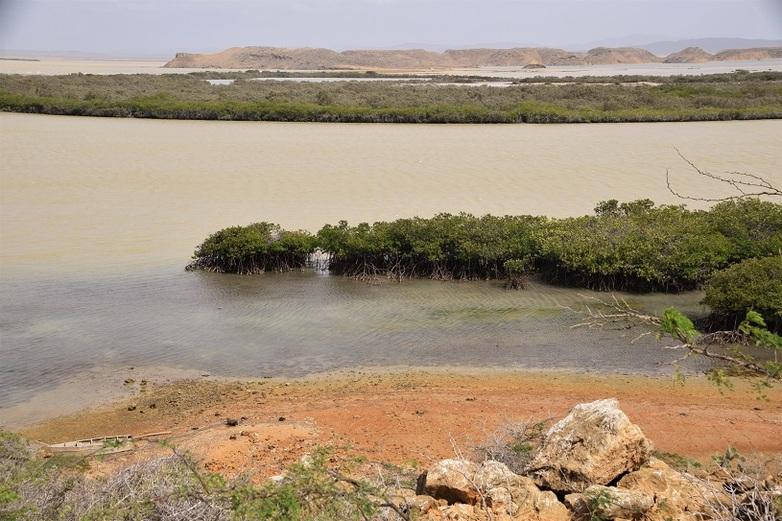Context
Colombia’s 2,000-kilometre-long stretch of Caribbean coastline is extremely rich in biodiversity, but is under severe threat due to human impact and from rising sea levels caused by climate change.
In many cases, protected areas in Colombia are set up without regard to how the surrounding areas are managed. However, the ecosystems in protected areas are being compromised – for example, due to overfishing in the area. Reasons for this include shortcomings with regard to spatial planning and supervision of the fishing industry and a failure to coordinate with representatives from environmental protection agencies.
Another example: large-scale sand mining for construction purposes is eroding beaches in the Acandí region. It is therefore necessary to incorporate protected areas into wider spatial planning and to strengthen the law enforcement capacities of authorities. However, this increases the complexity of designating and expanding protected areas and of integrated management, because many different actors and political processes need to be involved.
The Ministry of Environment and the national parks authority lack the capacity to implement participatory approaches to governance and to managing natural resources. There is hardly any education and training available in participatory resource management. The strategic and legal frameworks for protected area networks and marine pollution, for example, also need to be developed.
The Acandí, Playón y Playona fauna sanctuary, areas of which have already been given national park status, is considered to be particularly vulnerable, as it is an important breeding area for endangered turtles. Bahía Portete, Bahía Honda and Bahía Hondita, with their mangroves and seagrass beds, are particularly important for the survival of many fish and crab species and seabirds. The indigenous communities living in these areas also depend on biodiversity conservation to secure their livelihoods.
Objective
The proportion of Colombia’s effectively protected marine and coastal biodiversity has increased as a result of sustainable management in and around protected areas.


